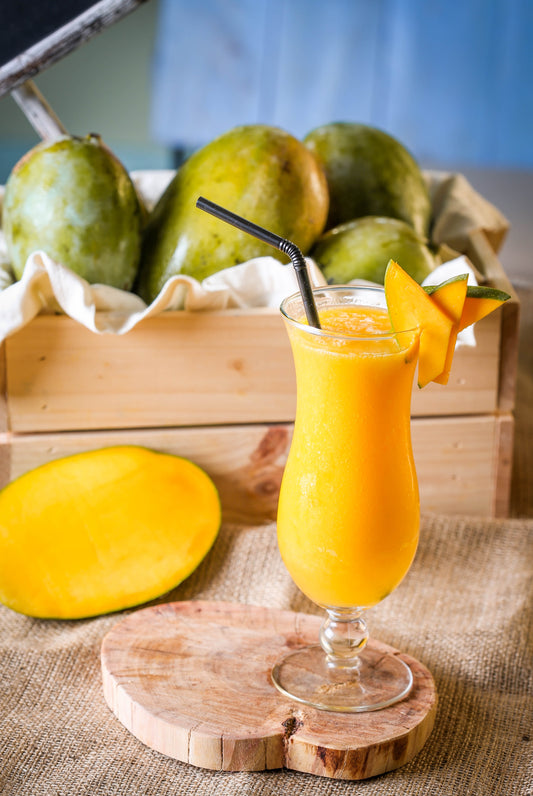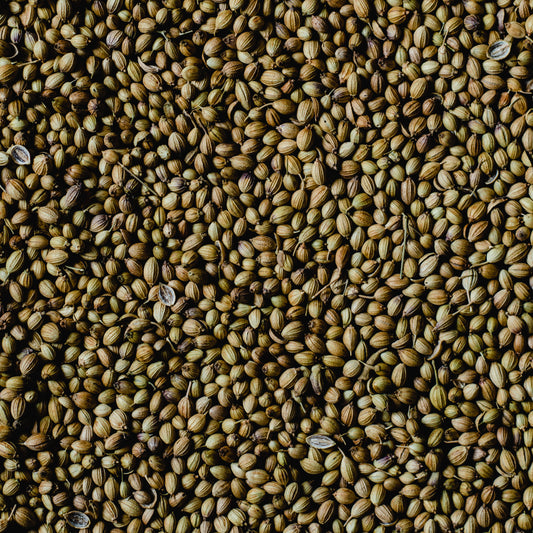
Curcumin makes up 5% of turmeric. It is the most active agent and gives us a spectrum of medicinal benefits. It has anti-inflammatory and antioxidant properties which helps inflammation, arthritis, anxiety, some cancers and diseases and even skin problems. For centuries, turmeric has played a key player in Ayurveda and TCH. Even back then, without modern-day scientific trials, our ancestors knew the benefits of turmeric, incorporating it in dishes, medicines and skincare which we think is incredible! Turmeric has been a staple in my family as we use it to flavour our dishes. This has been the traditional way to reap its benefits, at low levels and over long periods.
1. HEAT
Heat is an important agent in helping to activate spices, altering their compounds for the better. When turmeric is heated it creates enzymatic reactions. This helps curcumin become more bioavailable, enhancing its antioxidant and anti-inflammatory properties. It’s quite a heat-sensitive spice, so if you’re mainly looking to maximise curcumin absorption, we’d recommend cooking it for around 10-15 mins in healthy oil. Bringing us to our next point...

photo by @sincerelygagan
2. FAT SUBSTANCE
Take👏🏽 your👏🏽 turmeric👏🏽 with👏🏽 healthy fats.
We couldn't express this more. Curcumin is poorly absorbed through water. That’s because curcumin is lipophilic which means it clings onto fats. Pairing your turmeric with fatty substances like nut butters, avocado, dairy milk, coconut/almond milk, will hugely help your blood absorb curcumin and other bioactive compounds of turmeric. Don't be afraid to incorporate turmeric into dishes - this is one of the best and tastiest ways to get its benefits. Cooking it with healthy fats is a classic (and delicious!) method by South Asians who use fats like ghee, coconut or mustard oil when frying off spices for their dishes.
You could also:
- mix a pinch into dressings to add some depth to salads
- sprinkle it with some salt and lemon over avocado toast
- add it to smoothies made with yoghurt or dairy/non-dairy milk
- drink turmeric milk
- turmeric tea - once slightly cooled, mix in some honey or a tiny bit of coconut oil
If you are taking turmeric supplements it's best to take it with a meal or just before.

3. PEPPER
You've probably heard that using pepper with turmeric increases the absorption of curcumin by almost 2000%. This is and isn't true. Black peppercorns contain piperine, an alkaloid that gives pepper its rich spicy flavour we all love. Several studies have shown that piperine stops the digestive enzymes in our body from trying to remove the curcumin, helping us retain it in our system rather than being excreted. So in fact, it's piperine that makes curcumin more bioavailable as it remains in our bloodstream.
Those with intestinal issues should use black pepper cautiously. A sprinkle of black pepper in your turmeric milk is ideal.
How can I find the best curcumin/turmeric?
Taking supplements can be an easy fix. Consuming turmeric with foods is a much more wholesome, natural, effective and overall delicious way to get your daily curcumin. Turmeric powders on the market come in different qualities. You will notice a difference in aroma, taste and effects of consuming turmeric with high levels of curcumin. Check out our favourite turmeric with 9% curcumin (3x the average!) A good daily dosage would be around half a tsp.







